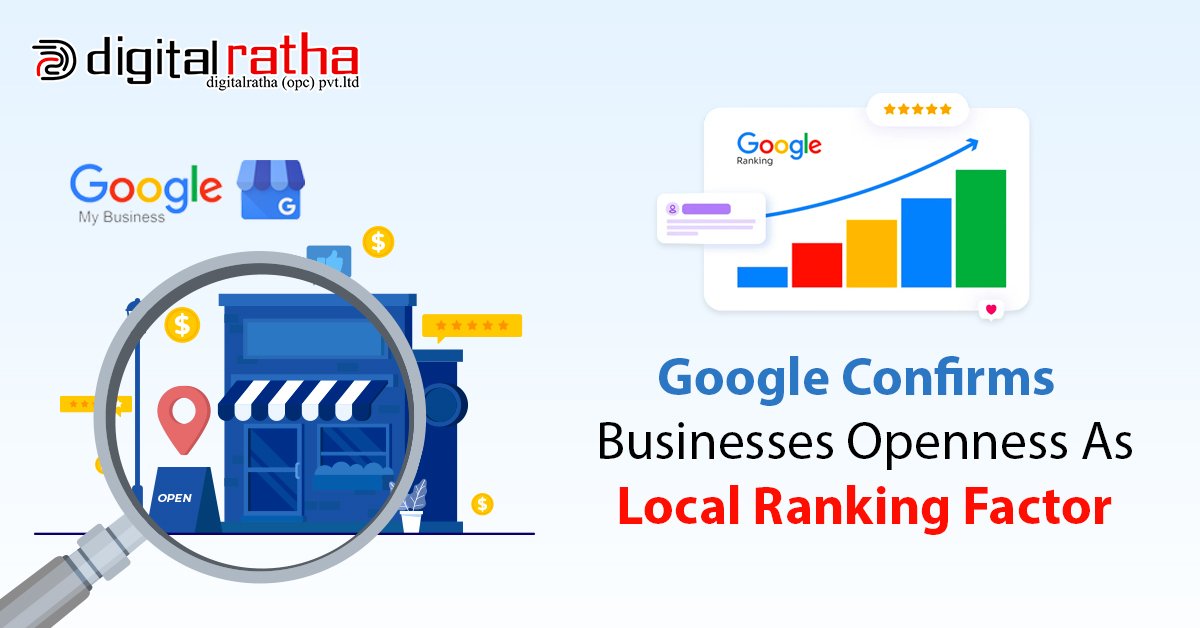Maximizing Your YouTube Experience on Sensitive Topics
What is YouTube’s new update on its rules?
After much confusion and controversy surrounding certain elements of its advertiser-friendly content guidelines, YouTube has announced an update to its rules. It will now give more leeway on certain content. It will enable creators to monetize a broader range of clips.
YouTube’s advertiser-friendly content guidelines restrict monetization for videos that touch on certain sensitive topics. It has proven problematic for some creators who may cross the line and lose their revenue potential as a result.
Of specific debate has been the breadth of rules of YouTube on this front. It stems from some content that may touch on potentially controversial areas but is also considered beneficial and, thus, should not be penalized.
YouTube has been listening to creators on this and will now allow ad revenue share on a broad range of topics. These topics include abortion and adult sexual abuse.
What does YouTube say about it?
YouTube further states that it means that content that discusses these topics without going into graphic detail can fully monetize.
We know that videos covering topics like these can be a helpful resource to users, so we want to ensure that, wherever possible, controversial issues should be discussed in a non-descriptive and non-graphic way that is not disincentivized through demonetization.
Hence, YouTube agrees that some of this type of material can be beneficial and should not be marked off, So it is updating its guidelines accordingly.
YouTube says that the change will mean that creators will see fewer penalties as a result of touching on these topic areas.
What’s more, YouTube is doing?
Going the other way, YouTube is also moving to restrict further monetization of content that covers eating disorders, moving its monetization rules into line with its broader Community Guidelines.
YouTube has firmly said that content that focuses on eating disorders and shares triggers like guides around binging, hiding, hoarding food, or abusing laxatives will not receive ad revenue.
This change will ensure that such content is not incentivized with ads and that our monetization and community guidelines continue to be in sync.
Note that educational or documentary content and survivor content that references these aspects of having an eating disorder without promoting such activities won’t be impacted by this change.
When did YouTube update its rules around eating disorders?
YouTube updated its rules around eating disorder content back in April, working with the National Eating Disorder Association (NEDA) and others to establish new guidelines around such.
This new update expands on this push, and it could see some food influencers lose their monetization capacity as a result of promoting potentially harmful eating habits.
These are good, logical updates to YouTube’s content rules. It will make it easier for creators to share helpful content while also addressing potentially harmful eating habits, as promoted in YouTube clips.
For advertisers, it is also worth noting these changes and considering what that could mean for ad placement and where your promotions may be displayed in the app.
Where can you read about the ad policy guidelines of YouTube?
You can read more about YouTube’s ad policy guidelines updates here.
Do you want to know more?
Click here to learn more about YouTube and all other social media updates.






